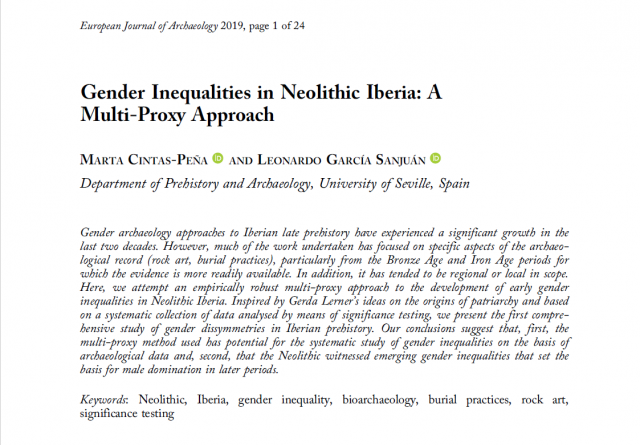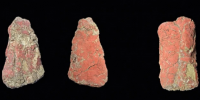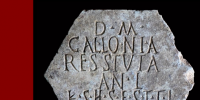Our paper “Gender Inequality in Neolithic Iberia: A Multi-Proxy Approach“ has been published on the EJA first view page. This paper is a major contribution towards the understanding of the origin of inequality between men and women in Iberian Late Prehistory. The research is based on a multy-proxy approach involving a systematic collection of bioarchaeological and funerary data, subsequently examined by means of significance testing. Our conclusions suggest that, first, the multi-proxy method used has potential for the systematic study of gender inequalities on the basis of archaeological data and, second, that the Neolithic witnessed emerging gender inequalities that set the basis for male domination in later periods.



